Comprehensive Care for All Your Dental Needs
Family Dentistry
We nurture young smiles, maintain adult dental health, and provide specialized care for seniors.
Preventive Dentistry
Regular check-ups, cleanings, and early interventions keep your smile healthy.
Restorative Dentistry
From fillings to full-mouth reconstructions, we restore both function and appearance.
Cosmetic Dentistry
We blend artistry with dental science to create beautiful results tailored to your unique features and desires.
Clear Aligners/Orthodontic
We plan your treatment to efficiently align your smile, fitting your lifestyle and delivering stunning results.
TMJ & Sleep Disorders
For sleep-related breathing disorders, we offer custom appliances to enhance your sleep quality.
Dr. Burton was amazing! We were new to town and he worked my daughter in for an emergency dental issue. He was great at calming her and was quick. All the staff was very kind. We will be making this our permanent dental office!
Jessica Anderson
Today was my first visit to Maryland Farms Family Dentistry. This dental practice is professional, caring, friendly and efficient. They came highly recommended from people I respect. The office staff were great. They were very friendly and efficient. My hygienist (Christi Ward) was excellent. She took her time and did a great job cleaning my teeth. Dr. James Burton was excellent. He is very knowledgeable and explained things very well. I genuinely felt they cared about my teeth and well being. I am very happy I have found a dental practice that I can confidently feel good about returning for care. I highly recommend without any reservations !
Charles Buntin
I had an extremely pleasant experience at the dentist today. I was greeted warmly when I arrived. After a very short 2 – 3 minute wait, the hygienist came out to the reception area to get me. She did a great cleaning job. Everyone was amazingly pleasant. I’m very pleased to have found this dental practice.
Paula Goldberg
Book Now & Secure Your Appointment
Whether you’re a new patient or a returning one, our friendly team is eager to help you achieve your best smile.
- 5111 Maryland Way Suite 306 Brentwood, TN 37027



